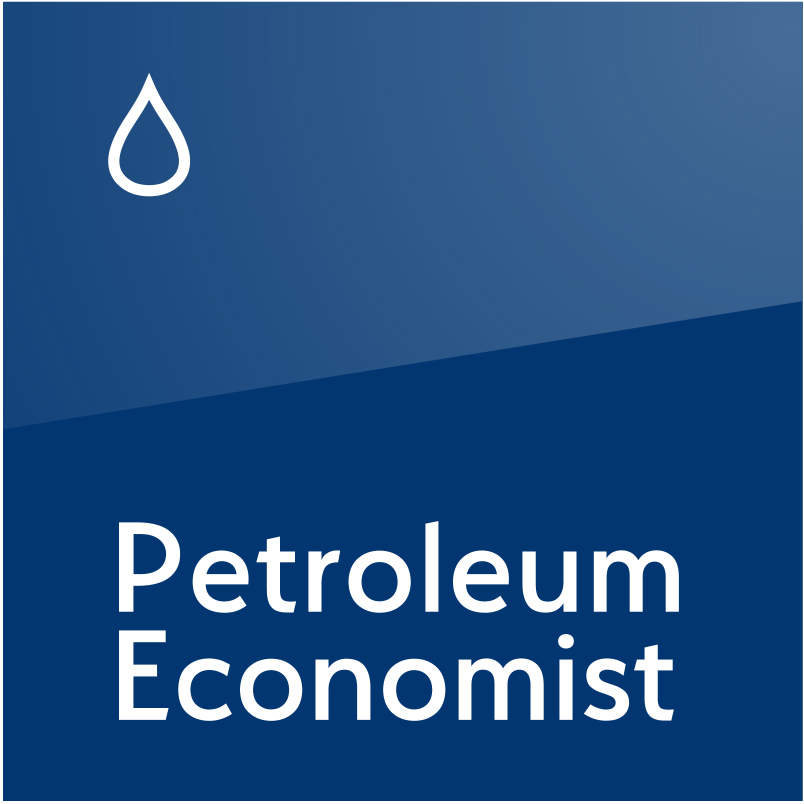The future of e-fuels – part two: Aviation
Liquid fuel in the form of low carbon sustainable aviation fuels likely to be needed for longer-haul routes as hydrogen aircraft will be limited to short-haul over 2035-2050
As mentioned in part one of this two-part series, the two e-fuels widely expected to perform best in coming decades are e-ammonia for long-distance maritime shipping and e-kerosene for aviation. Part two explores the potential of e-kerosene in the context of sustainable aviation fuel (SAF)—a sectoral term for biofuels and e-fuels and the primary way the global aviation sector is hoping to decarbonise through 2050—followed by the major barriers e-kerosene must first overcome. Potential scale The aviation sector acted as a trendsetter in 2009 when the Geneva-based International Air Transport Association (IATA), representing almost 300 airlines worldwide, set a goal of slashing its CO₂ emission

Also in this section
10 December 2025
Project developer Meld Energy ready to accelerate 100MW project in Humber region after securing investment from energy transition arm of private equity firm Schroders Capital
9 December 2025
BP and Engie abandon large-scale green hydrogen projects in Gulf state as developers in all regions continue to struggle with lack of firm offtake
5 December 2025
European Commission highlights rapid growth of Chinese production this year, as it retains strict procurement rules in latest European Hydrogen Bank subsidy auction
2 December 2025
Oil major cites deteriorating demand and a planning debacle as it abandons one of UK’s largest blue hydrogen projects







